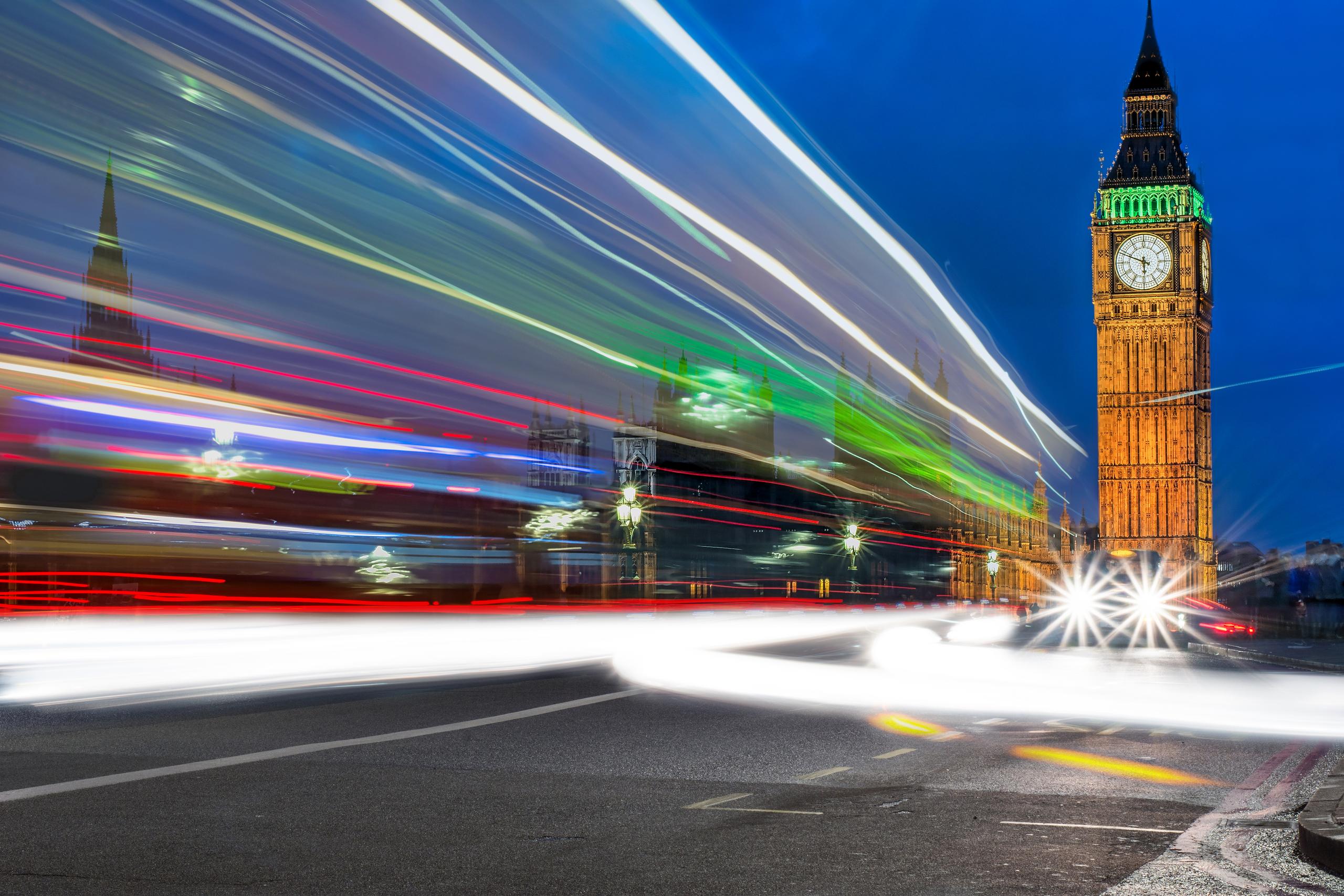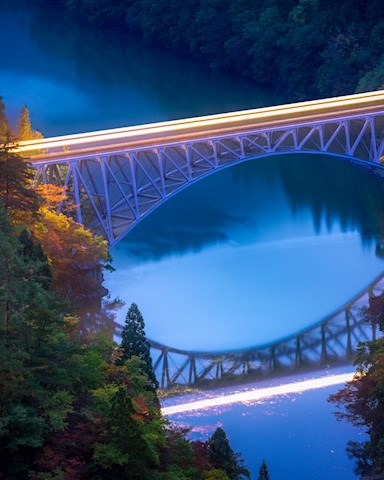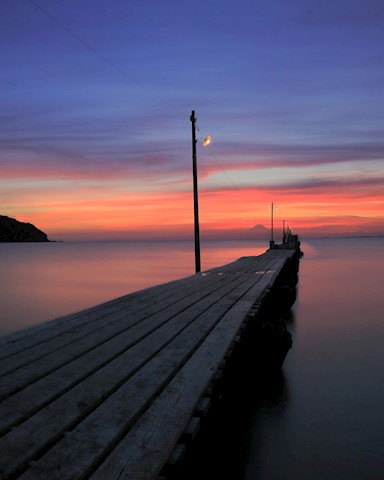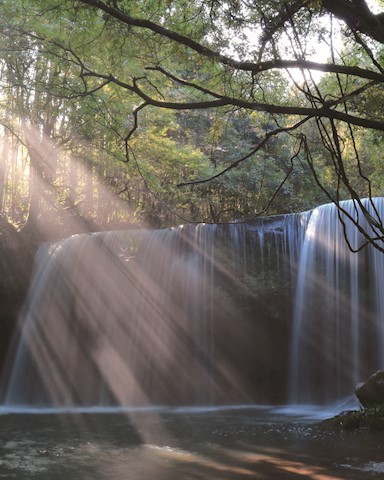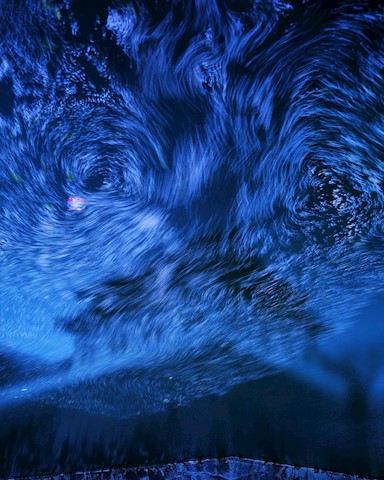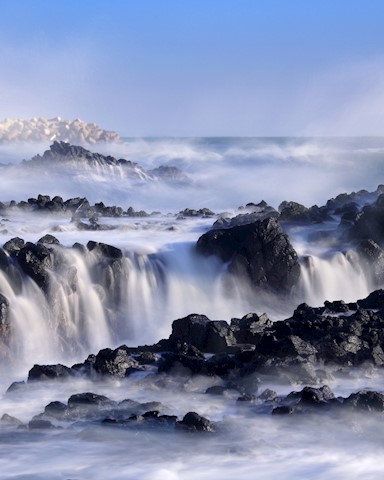One example of shooting method.

Secure your camera on a tripod
Let's mount and fix firmly your camera on a tripod, first. This way, hands shaking won't affect your shots.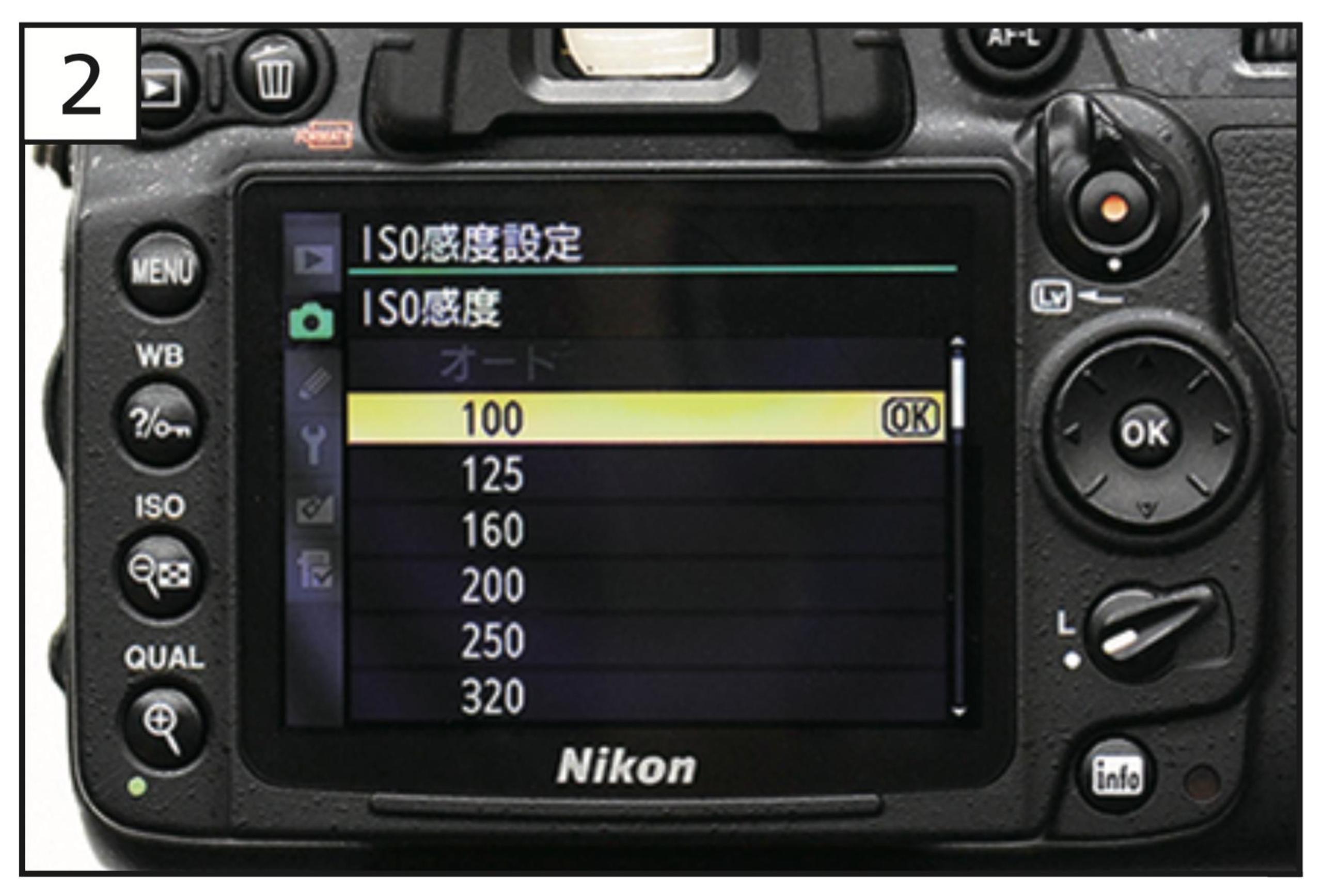
Camera setting
- Exposure mode: set your camera on "aperture priority mode (A/AV)" or "Manual Exposure (M)". Shutter speed won't be as planned at "Program Auto (P)".
- ISO sensitivity: set standard setting (ISO100 or ISO200).
- Aperture: set at f/8 first, adjust according to eventual changes in shooting conditions.

Composition and focusing
When shooting in dark environments and with ND filters in a high ND value, it is not possible to adjust focusing right after attaching the filter. In this case, it is necessary to decide photo composition and adjust focus accordingly before attaching the filter.
After focusing in AF mode, switch to MF mode so that the focus position won't change.
A nice trick for cameras with live view mode is to focus while looking through the enlarged surface of the crystal liquid screen (or through the electronic view finder) instead of looking through the optical one.
*On the other hand, there won't be any problem in focusing with AF mode right after attaching the filter when shooting in bright environments and with ND filters in low ND value.
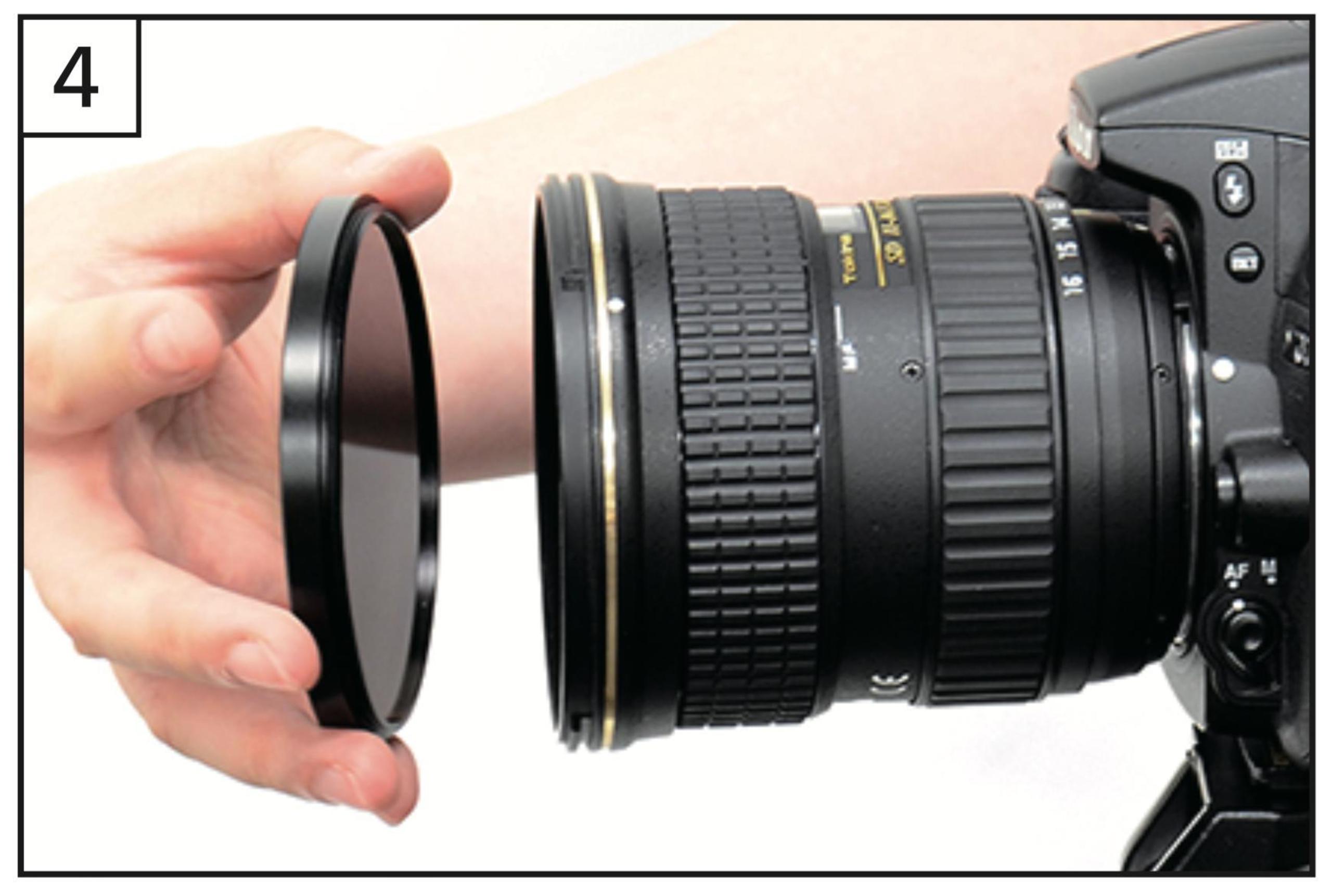
Attaching ND filter and shooting
Attach the ND filter and release the shutter. Due to vibration reduction or image stabilization functions, the use of a cable release is recommended.

Adjusting exposure
Looking at the image just taken, you can now adjust aperture value, ISO and shutter speed to match the image you had in mind and want to express. Adjust exposure compensation (+/-) to get the image brighter or darker accordingly.
Hot tip: If you want to slow down shutter speed even more, you just need to set for a higher F number. If you want to speed up shutter speed, try by increasing ISO setting.
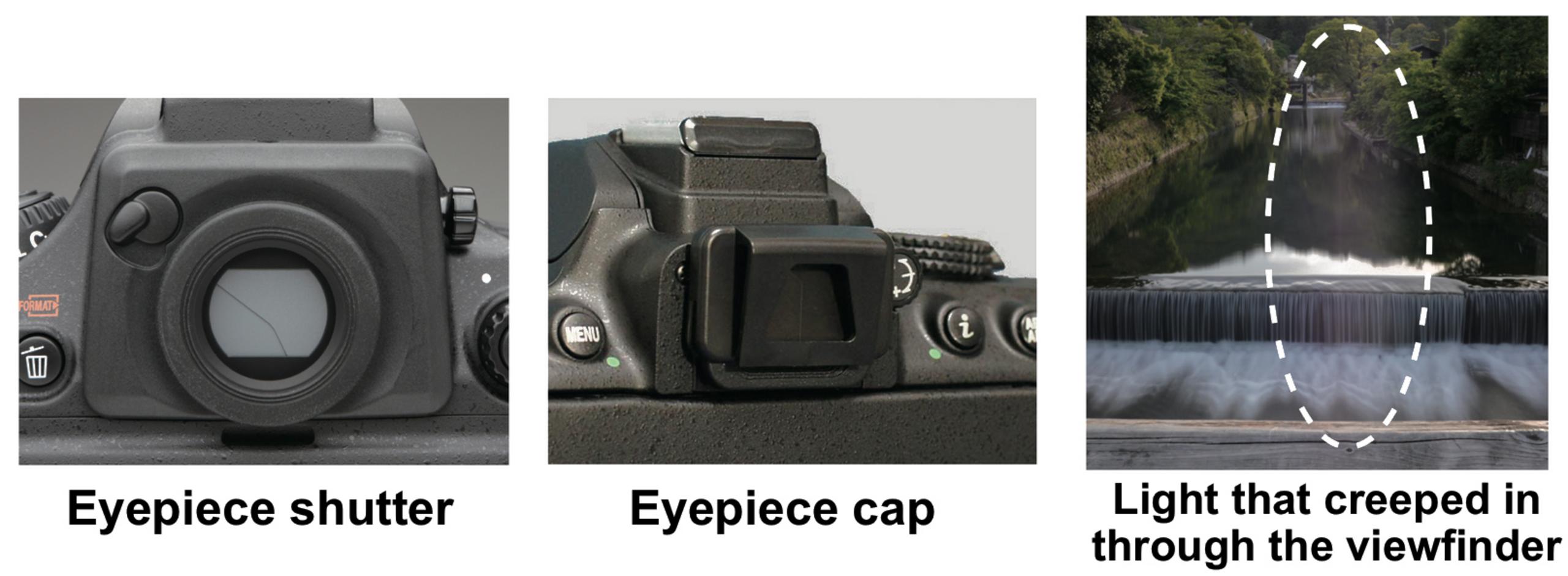
Pay attention to back light when shooting with DSLR cameras
When shooting with DSLR cameras, light rays filtering into the view finder may cause exposure errors, resulting in unwanted light captured on the final image. To avoid this, it is recommended to close the eyepiece shutter or attach eyepiece caps/covers. Alternatively, you can simply cover the eyepiece shutter with a handkerchief, etc. to prevent back light from filtering in.
